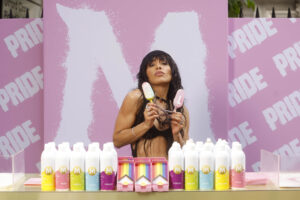Lupe Technology reveals the current state of the nation’s vicious built-to-break cycle

The Green Alliance think tank has found that prioritising repairing and reusing household goods could create as many as 450,000 highly skilled green jobs, especially in areas of traditional manufacturing which have declined over the years. MPs are already urging the government to encourage the repair and reuse of household goods, which includes the right to repair law which recently came into affect. Manufacturers now have to make spares available to consumers, with the aim of extending the lifespan of products by up to 10 years. The new rules are designed to tackle planned obsolescence in which manufacturers purposefully build products to break after some time to encourage buyers to purchase new ones.
In light of this, Lupe Technology, Britain’s most recyclable vacuum cleaner, has researched exactly which products within the home are breaking prematurely. Despite the fact that 45% would happily pay an extra 25% more for a domestic appliance that is greener and more energy efficient and lasts longer, the data has found that 1 in 10 Brits have been through a minimum of 15 vacuum cleaners in their life, amounting to a staggering 58,635,000 units, with almost a fifth agreeing that their vacuum cleaner is the most built to break appliance in their house, amongst a myriad of other household goods. This research has demonstrated the overwhelming disconnect between consumer intent and product availability, unveiling a disconcerting issue within the white goods sector which needs to be addressed in order to reduce further harmful impact on our planet.
In fact, the study has further shown this problem does not just pertain to vacuum cleaners, but to all domestic goods. Kettles have been found to be the quickest to break appliance by 33% of the nation, followed by toasters (13%), hairdryers (12%) and vacuum cleaners (12%). When asked what the easiest to replace appliances were, kettles came up top again with 45% of the nation agreeing, followed by electric toothbrushes (16%), hairdryers (14%) and toasters (13%).





